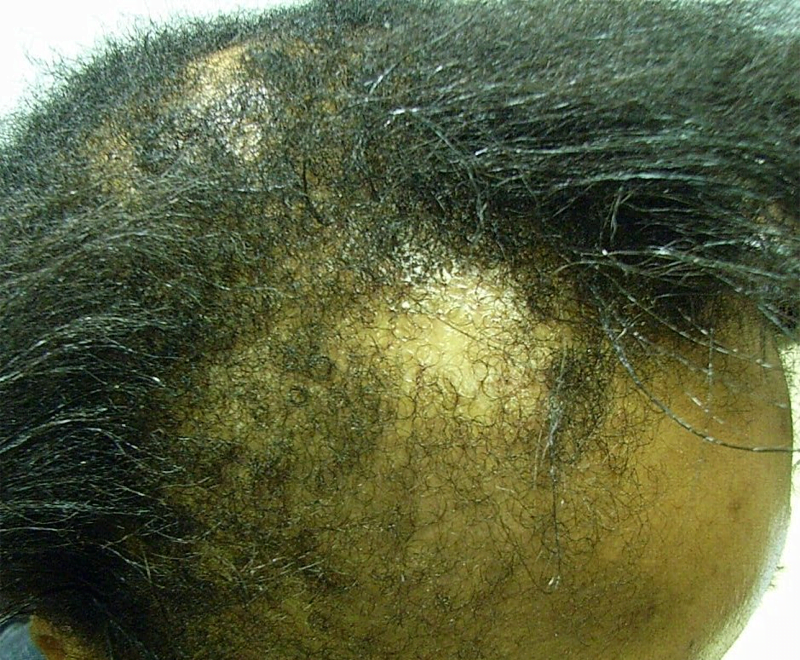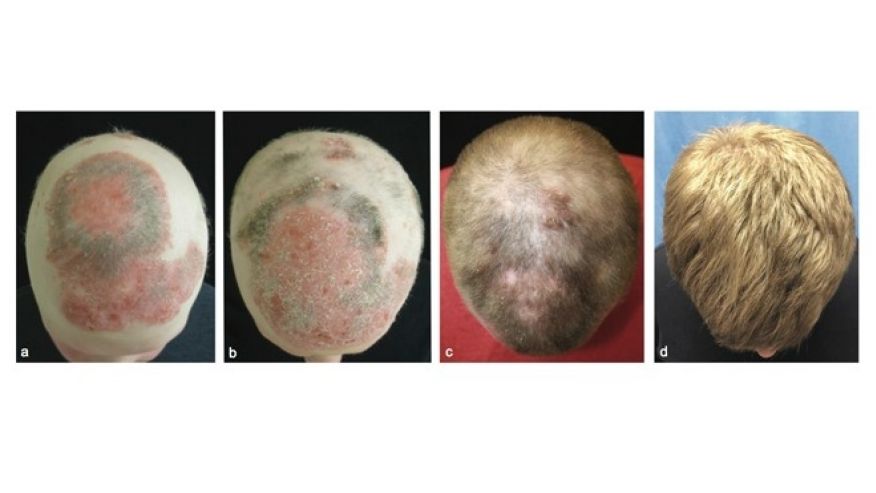![[A man with gray hair]](https://cdn1.medicalnewstoday.com/content/images/articles/317/317372/a-man-with-gray-hair.jpg)
Researchers have pinpointed the mechanisms that promote gray hair and baldness.
Study co-author Dr. Lu Le, of the Harold C. Simmons Comprehensive Cancer Center at the University of Texas Southwestern in Dallas, and colleagues set out to investigate a disorder called neurofibromatosis type 1 (NF1), a genetic condition whereby tumors grow on nerves.
The aim of the study was to discover the mechanisms behind tumor growth in NF1. Instead, the researchers identified the processes responsible for hair loss and graying, a discovery that could lead to new treatments for the conditions.
The researchers recently reported their findings in the journal Genes and Development.
According to the American Hair Loss Association, by the age of 35, around two thirds of men in the United States will experience some degree of hair loss, and of all those with the condition in the U.S., 40 percent are women.
When it comes to hair graying, a 2012 study found that around 6 to 23 percent of adults across the globe can expect to have at least 50 percent gray hair coverage at the age of 50 years.
While hair loss and graying are considered by many as a normal part of aging, for some, the conditions can be highly distressing. Dr. Le and colleagues believe that their discovery could pave the way to new treatments for hair graying and baldness.
Findings may lead to topical treatments
The team notes that studies had already determined that hair follicles contain stem cells that play a role in hair production, and that a protein called stem cell factor (SCF) is involved in hair pigmentation.
In their study, Dr. Le and team found that once stem cells move to the base of hair follicles, a protein called KROX20 – better known for its role in nerve development – is activated in skin cells that form hair shafts, known as hair progenitor cells.
The researchers found that when KROX20 is activated, the hair progenitor cells produce SCF, which they discovered is crucial for hair pigmentation.
In mice with skin cells that possessed both KROX20 and SCF, the researchers found that the skin cells communicated with melanocyte cells to form pigmented hairs. Melanocyte cells produce melanin, the pigment that gives color to the skin, hair, and eyes.
When the researchers deleted SCF in the mice, the researchers found that the rodents grew gray hairs, and these hairs turned white with age. When KROX20-producing cells were erased, the mice did not grow any hair.
The researchers say that their findings indicate that abnormalities in KROX20 and SCF play a significant role in hair loss and graying, though studies in humans are required to confirm their results.
Still, Dr. Le and colleagues believe that their findings show promise for the development of new therapies for baldness and hair graying.
[“Source-medicalnewstoday”]














